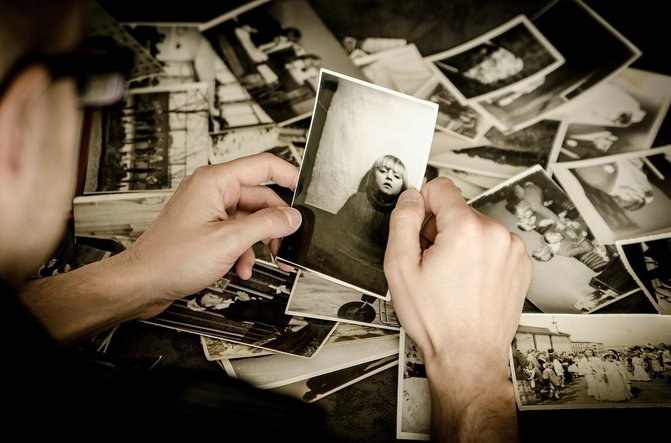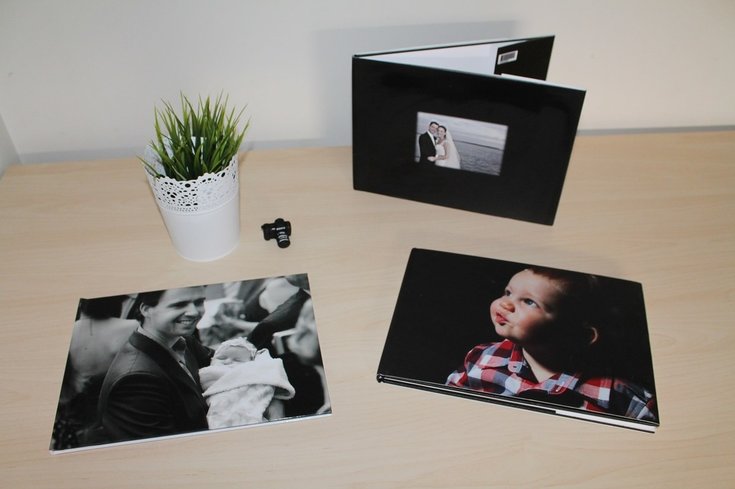“The wound is the place where the Light enters you.” ― Rumi
“No pressure, no diamonds.” ― Mary Case
Painful experiences can leave deep scars in our psyche. They inevitably influence our whole life in defeating and limiting ways. They produce negative beliefs, bad habits, wrong decisions, painful emotions, and so on.
On the other hand, most of us have matured and learned tremendous lessons through painful experiences. They have strengthened us. They have driven us. The reason for that is the fact that we live in a material world whose main trait is inertia, which is also one of our main traits.
Our physical bodies are naturally submissive to the law of inertia; we’re lazy, more or less. When there is nothing to push us forward, as pain does, we can sink deep into the quicksand of our lethargy. It’s our nature and we must not blame ourselves for that. As a consequence, when a painful experience arises from that swamp of our inactivity, it pushes us ahead. Thanks to these shocks and traumas, we have gained depth of personality. Therefore, our wounds are blessings, too.
However, if we really want to improve our lives, we must deal meticulously with the traumatic memories. The time has come for removing the unpleasant emotional charge and all other negative elements of personality that have clustered around the painful events from our past. We can enter a completely new phase in our existence—a phase in which we don’t need pain for going forward at all.
The precondition for reintegration of traumatic past experiences is to find and recognize these experiences in the first place. One of the most effective ways to do this is to make a timeline of our life.
“No pressure, no diamonds.” ― Mary Case
Painful experiences can leave deep scars in our psyche. They inevitably influence our whole life in defeating and limiting ways. They produce negative beliefs, bad habits, wrong decisions, painful emotions, and so on.
On the other hand, most of us have matured and learned tremendous lessons through painful experiences. They have strengthened us. They have driven us. The reason for that is the fact that we live in a material world whose main trait is inertia, which is also one of our main traits.
Our physical bodies are naturally submissive to the law of inertia; we’re lazy, more or less. When there is nothing to push us forward, as pain does, we can sink deep into the quicksand of our lethargy. It’s our nature and we must not blame ourselves for that. As a consequence, when a painful experience arises from that swamp of our inactivity, it pushes us ahead. Thanks to these shocks and traumas, we have gained depth of personality. Therefore, our wounds are blessings, too.
However, if we really want to improve our lives, we must deal meticulously with the traumatic memories. The time has come for removing the unpleasant emotional charge and all other negative elements of personality that have clustered around the painful events from our past. We can enter a completely new phase in our existence—a phase in which we don’t need pain for going forward at all.
The precondition for reintegration of traumatic past experiences is to find and recognize these experiences in the first place. One of the most effective ways to do this is to make a timeline of our life.
First draw a simple timeline on a sheet of paper, with a zero point representing the year of your birth, and a point near the right arrow, indicating your present age, as shown below.
Now, say that you are 40 years old. Divide your lifetime into 5-year periods, which in this case means to divide the line span between birth and present into 8 parts.
Then, try to recall a few of the most important events in your life for each 5-year period, whether they are positive (pleasant) or negative (unpleasant) to you. When I am talking about events, I mean experiences. They can be sudden and brief incidents, related to an exact point in time, or kind of fuzzy impressions, even stretching through longer periods of your life. They might be a mix of positive and negative feelings, rather than just one. The only criterion for the importance of events should be the intensity of emotions connected to them, regardless of their pleasantness.
So, although our intent is to clean up traumatic experiences from our past, it is necessary to search firstly for all types of experiences (positive, mixed and negative ones), because that will ease the whole process of recollection. The events will flow out from our memory more naturally.
You could also do this without drawing the timeline, but a visual representation of the concrete periods of your past is a good stimulus for your subconscious mind and smoother memory recollection.
You could also do this without drawing the timeline, but a visual representation of the concrete periods of your past is a good stimulus for your subconscious mind and smoother memory recollection.
Pleasant and mixed experiences you may put above the timeline, and the unpleasant ones below it.
It might look something like this:
It might look something like this:
Of course, “event” in the above example would be replaced with abbreviations or words symbolizing each particular experience.
Very often, people recollect more unpleasant than pleasant experiences. In fact, that is not surprising, since there has been scientific research showing that negative events have a much stronger impact on our personality and memory than positive ones (the so called “negativity bias”).[i]
After assigning a short name to each experience above or below the timeline, write down the emotions connected to every single event. Along with each emotion, find out which core state of being would have been an appropriate replacement for it. We will need that for the DTI+ technique.
As we mentioned before, the consequences of traumatic experiences could be negative self-imposed rules, so it is advisable in this procedure to watch for these rules as well. After defining each traumatic experience at the timeline, ask yourself: “What was my conclusion from this experience—how did it teach me to behave in my life?” Write down what emerges.
For every negative event do the following: put on paper the names of the most significant persons involved with you in the event. Now imagine that you are inside that event and try to recall and feel the negative emotions related to the event. Do the DTI+ technique on your Temporary I, with a suitable MH statement, such as: “I am a person who dwells in Love/Peace/Joy (choose the most appropriate state).”
After that, try to identify with each person involved in that event. Do the DTI from the points of view of those people.
Stay assured that this work will pay itself off. Once you are free of painful memories and immersed in Presence of consciousness, you will advance more steadily and powerfully in all aspects of your life. You will gain more and more depth, maturity and freedom.
[i] “The negativity bias (also known as the negativity effect) refers to the notion that, even when of equal intensity, things of a more negative nature (e.g. unpleasant thoughts, emotions, or social interactions; harmful/traumatic events) have a greater effect on one's psychological state and processes than do neutral or positive things. In other words, something very positive will generally have less of an impact on a person's behavior and cognition than something equally emotional but negative. The negativity bias has been investigated within many different domains, including the formation of impressions and general evaluations; attention, learning, and memory; and decision-making and risk considerations.” Source: https://en.wikipedia.org/wiki/Negativity_bias
Very often, people recollect more unpleasant than pleasant experiences. In fact, that is not surprising, since there has been scientific research showing that negative events have a much stronger impact on our personality and memory than positive ones (the so called “negativity bias”).[i]
After assigning a short name to each experience above or below the timeline, write down the emotions connected to every single event. Along with each emotion, find out which core state of being would have been an appropriate replacement for it. We will need that for the DTI+ technique.
As we mentioned before, the consequences of traumatic experiences could be negative self-imposed rules, so it is advisable in this procedure to watch for these rules as well. After defining each traumatic experience at the timeline, ask yourself: “What was my conclusion from this experience—how did it teach me to behave in my life?” Write down what emerges.
For every negative event do the following: put on paper the names of the most significant persons involved with you in the event. Now imagine that you are inside that event and try to recall and feel the negative emotions related to the event. Do the DTI+ technique on your Temporary I, with a suitable MH statement, such as: “I am a person who dwells in Love/Peace/Joy (choose the most appropriate state).”
After that, try to identify with each person involved in that event. Do the DTI from the points of view of those people.
Stay assured that this work will pay itself off. Once you are free of painful memories and immersed in Presence of consciousness, you will advance more steadily and powerfully in all aspects of your life. You will gain more and more depth, maturity and freedom.
[i] “The negativity bias (also known as the negativity effect) refers to the notion that, even when of equal intensity, things of a more negative nature (e.g. unpleasant thoughts, emotions, or social interactions; harmful/traumatic events) have a greater effect on one's psychological state and processes than do neutral or positive things. In other words, something very positive will generally have less of an impact on a person's behavior and cognition than something equally emotional but negative. The negativity bias has been investigated within many different domains, including the formation of impressions and general evaluations; attention, learning, and memory; and decision-making and risk considerations.” Source: https://en.wikipedia.org/wiki/Negativity_bias









